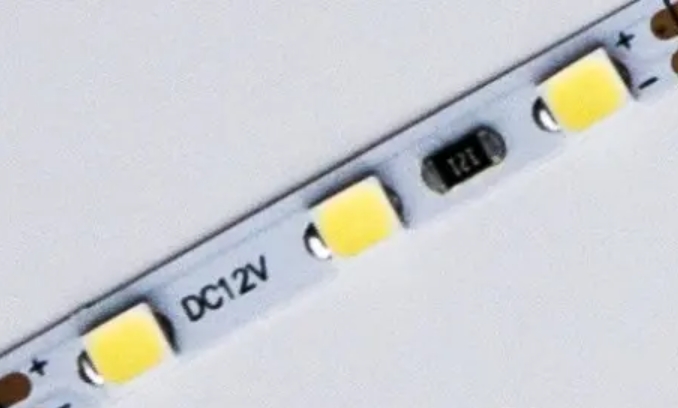How to match the driver/power supply for the LED light strip?

What is an LED driver/power supply
The LED driver is used to convert urban power supply (in mainland my country, for example, 220V alternating current with a power frequency of 50 Hz) into the voltage and current range required for stable operation of the LED light source (generally DC voltage, current preferably constant).
So, the key to how to choose a driver depends on what your LED light source is.
When LED works, the current needs to be stable. Because according to the diode volt-ampere characteristics of LED, you will find:
When the forward voltage is added above the dead zone voltage, slight voltage fluctuations will cause exponential fluctuations in the current flow through the light-emitting diode LED. Therefore, you need to pay attention to the voltage and current fluctuations of the LED during normal operation.

Driver/power supply classification
This is related to the classification of ready-made drives, which are:
Constant voltage driver
Constant current driver
Constant current and constant voltage driver
We will not discuss the resistance-capacitance voltage reduction solution with poor quality and stability here.
Regarding the driver, there are many technical parameters, such as: input voltage, input current, output voltage, output current, power factor, conversion efficiency, harmonics, ripple, flicker, ambient temperature, protection level, etc. Faced with these professional terms, we don’t need to panic. Generally, we only need to pay attention to: input voltage, input current, output voltage, output current, and then we can match the driver and light source.
In terms of input, we only need to look at the input voltage. We in mainland China use AC 220V input. If you are a foreign friend, it may be AC110V from Japan, the United States, or AC277V in some parts of the United States. In some countries, such as Malaysia, it will be AC240V. In most European countries, the voltage is AC220V.
Regarding the output, it is necessary to understand the output voltage and output circuit before they can be matched properly.
Constant voltage driver
As the name suggests, it is a driver whose output is a constant voltage. Common outputs are 5V, 12V, 24V, 48V, etc. Generally it is DC; a suitable LED light source is generally a low-voltage light strip. There are also some light sources, such as outdoor pool lights, which also require low-voltage 12V input. The main reason is to prevent electric leakage from harming people.
If you ask: If the voltage is constant, how is the current determined?
The current is determined by how long the lamp strip is. Almost all light strips have chip resistors on them. The function of the resistor is to limit the current and ensure that the current flowing through each lamp bead is relatively stable.
Because the principle of the light strip is that 3 or 6 lamp beads are connected in series first and then in parallel. Therefore, the current will be the sum of the currents of all strings. The output current of the driver will be adaptively adjusted according to the length of the light strip.
Steps to match LED light strips
1. Determine the voltage of low-voltage light strips
Low-voltage light strips are easy to judge. They are usually clearly marked on the flexible version of the light strip with DC12V or DC24V. As shown below:


Therefore, you only need to find the right output voltage, and you are definitely right, but it is only the first step. The second step will be to choose how much power is appropriate
2. Power selection.
It mainly depends on your light source load.
For example: your light strip is 12VDC, one meter is 12 watts, and there are 4 meters of light strips in total, then the total wattage of the light strip is 12x4=48W. Then you need to choose a constant voltage driver above 48W. There are general wattages on the market, such as: 35W, 50W, 60W, 75W, 100W, 150W, 200W, 350W, etc. Then, there is no problem in choosing one greater than 60W.
Why can't you choose 50W?
Mainly because we need to leave some margin for the constant voltage driver. Although all major brands of constant voltage drivers can output at full load, leaving some margin is better than nothing. Not to mention those with false labels for maximum power. How much more is usually reserved? The industry generally believes that around 20% is enough. Therefore, 20% more than 48W is about 58W. There is no problem if you choose 60W.
So, is it okay if I choose a larger size?
For example, I have a 150W constant voltage driver with 12VDC output on hand. Can I use it? Of course there is no problem. A car can carry 5 people, but now it only seats two people, which is the same reason. If it is a new purchase, then it is enough and there is no need to spend unnecessary money.






